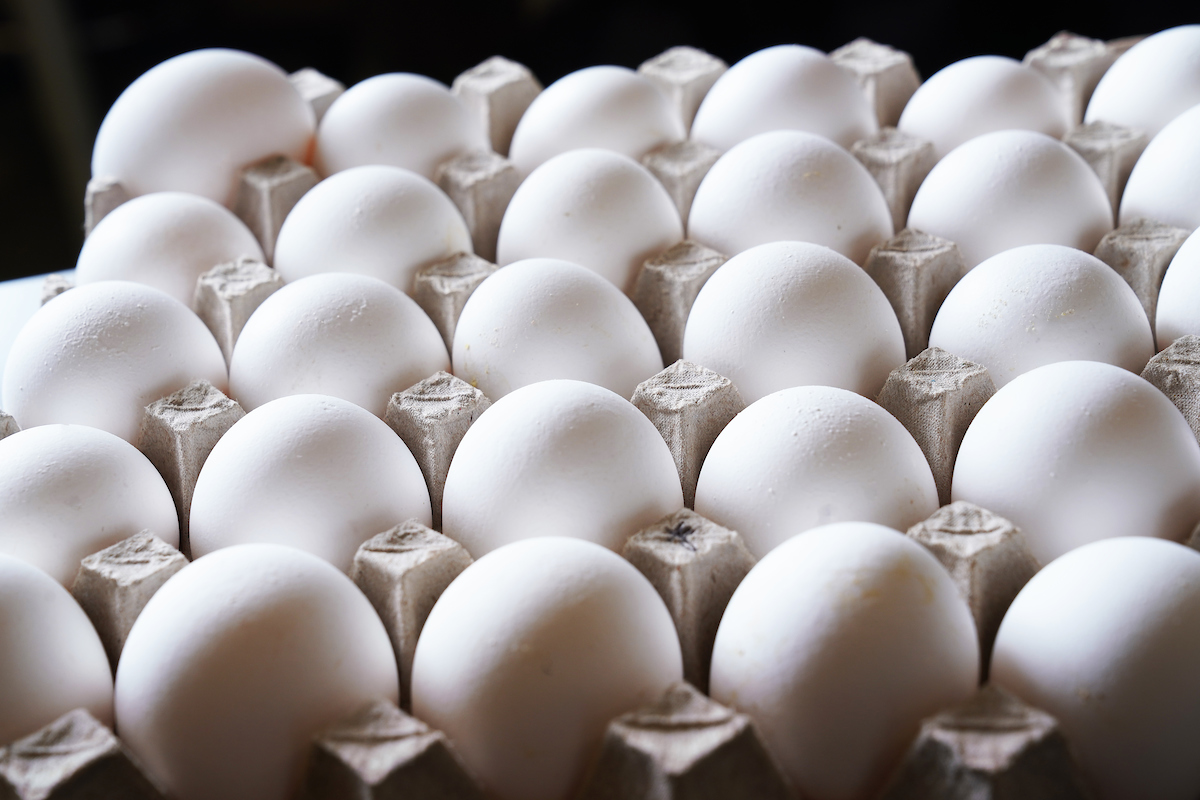Purdue professors expect gradual improvements in grocery costs
The collective groan the nation made throughout 2022 while swiping their card grocery store check-out continues to be heard into 2023. But while prices remain high, consumers shouldn’t expect to see prices on food continue to climb at the same speed, if at all.
Nicole Olynk Widmar, professor and associate department head of Agricultural Economics, said that the notable and noticeable food price increases are likely causing people to rethink how, what and how much they purchase.
“We are seeing general rising food prices, pretty much across the board for items,” Widmar said. “I think the outlook right now is for slower growth in food prices in 2023 than 2022, but still above historical averages.”
Widmar explains that consumers tend to buy only a small variety of items repeatedly from the same stores, and that food prices within a retailer do not fluctuate daily. Therefore, it can take some time for prices to accurately reflect the current commodity prices.
While higher gas prices are often talked about in tandem with rising food costs, there are many factors influencing the cost of individual food items, including costs of labor, energy, packaging and transporting. Other factors, such as the Avian flu or seasonal availability, also impact prices paid at check-out.
Not so egg-citing price jumps
Eggs have been a hot button topic in 2023. Jayson Lusk, distinguished professor and department head of agricultural economics, said the recent 60 percent jump in egg prices can be pinned directly on the nation’s avian influenza outbreak that began in mid-February 2022.
In addition to the 44 million egg laying hens that have been affected, several wide-spread cases involved breeding stock hens, which will potentially have a longer lasting impact on the egg industry since farmers were able to replace a portion of the egg laying hens lost in the last year.
In December 2022, there were 307,835,000 egg laying hens in the U.S. compared to 326,730,000 one year prior. Lusk said the industry worked hard, partially incentivized by high egg prices, to rebuild flocks that were lost.
“Those higher prices keep eggs on the shelves for those consumers who most value them,” Lusk said. “They also incentivize egg producers to get back in the game and produce more eggs. The old saying ‘the cure for high prices is high prices’ is apt. A sure-fire way to have empty shelves would be to put a cap on egg prices or egg producer profits.”
But the uncompromising egg demand drives high prices despite recouped flock numbers. Had farmers not replenished inventory and egg production dropped, Lusk said consumers could have faced a 90 percent increase in prices.

The winter blues of seasonal produce
While standing in line with a cart full of staples, it can be hard to look to the future for a better price, Widmar said. But right now, seasonality of produce isn’t playing too hard in consumers’ favors.
“We have to remember that normal, seasonal forces are at play in addition to other less historically normal factors,” Widmar explained. “When it comes to produce, it’s often easiest to plan to eat what is currently in season. We can expect sales on what is plentiful from suppliers, but it is February in the Midwest, so local produce to our region isn’t exactly in abundance right now.”
Widmar suggests consumers shop around for bulk deals and sales on staples, which will require some planning in advance. She acknowledges that this isn’t always feasible for all households.
“The households that are most cash-constrained often end up having to buy in smaller (often more expensive per unit) quantities due to cash flow constraints. This is a tough problem to work around, although with advance planning people may be able to pool resources with family or friends to take advantage of what's on sale or buying in big enough packages to drive down the per unit cost,” Widmar said. “It may not be the case that people can afford to truly buy ahead, but you may be able to buy in bigger packages and divide it up, in order to drive down the cost per unit of the item.”





